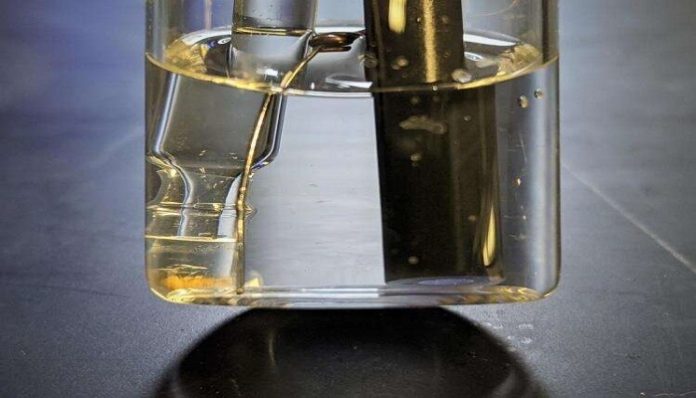University of Colorado Boulder researchers have developed a new tool that could lead to more efficient and cheaper technologies for capturing heat-trapping gases from the atmosphere and converting them into beneficial substances, like fuel or building materials. Such carbon capture technology may be needed at scale in order to limit global warning this century to 2.7 degrees F (1.5 Celsius) above pre-industrial temperatures and fend off catastrophic impacts of global climate change.
The scientists describe their technique in a paper published today in the journal iScience. The method predicts how strong the bond will be between carbon dioxide and the molecule that traps it, known as a binder. This electrochemical diagnosis can be easily applied to any molecule that is chemically inclined to bind with carbon dioxide, allowing researchers to identify suitable molecular candidates with which to capture carbon dioxide from everyday air.
“The Holy Grail, if you will, is to try to inch toward being able to use binders that can grab carbon dioxide from the air [around us], not just concentrated sources,” said Oana Luca, co-author of the new study and assistant professor of chemistry. “Determining the strength of binders allows us to figure out whether the binding will be strong or weak, and identify candidates for future study for direct carbon capture from dilute sources.”
The goal of carbon capture and storage technology is to remove carbon dioxide from the atmosphere and store it safely for hundreds or thousands of years. But while it has been in use in the U.S. since the 1970s, it currently captures and stores a mere 0.1% of global carbon emissions annually. To help meet carbon emissions goals laid out by the IPCC, carbon capture and storage would have to rapidly increase in scale by 2050.
































